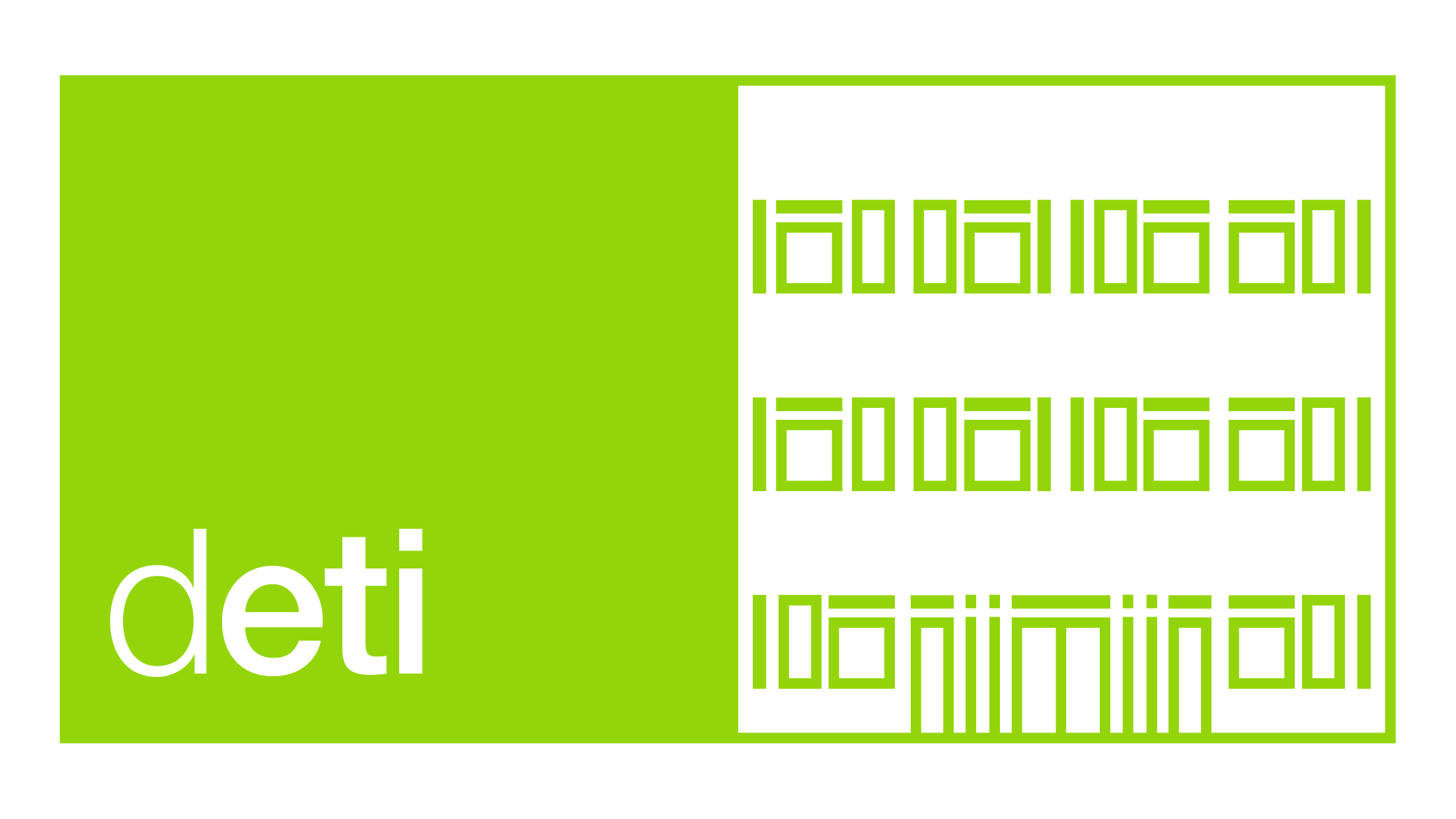Grupo 01 - Autonomous Mold
| Team: |
Grupo 01: Hugo Sacadura (Coord.) , Hugo Carola , Tiago Saraiva , Pedro Silva |
| Company: | WISEWARE, Lda |
| Supervisors: |
Prof. Paulo Pedreiras (DETI)
Eng. William Xavier (WISEWARE, Lda) |
Data collection and monitoring are necessary and even indispensable for many companies working with equipment in industrial environments, such as induction molding machines. The challenge proposed to us by WISEWARE, Lda, is precisely the monitoring of data throughout the mold's entire lifecycle, from its manufacturing up until the end of the injection phase.
This should be the full project description. Do not repeat what is in the summary above.
Challenge
In this sector, monitoring and data collection are crucial factors in any project developed for the industry. These practices allow the contractor to ensure the proper functioning of the product and machine and help guarantee the correct use of the product, preserving operational quality and extending its lifecycle. Additionally, they help avoid wasting time and materials. The company’s challenge involves extracting data from an injection molding machine, storing it for later analysis, and making it available for real-time visualization. The main objectives are:
- Development of communication interfaces;
- Designing the communication architecture;
- Developing software and creating an intuitive interface;
- Processing sensor data For better understanding, the following block diagram represents our project:

Results
To better understand the results obtained, we will explain the key areas of focus of the project.
Charge amplifier: A charge amplifier was developed since the measured quantities are the mold’s temperature and pressure. The amplifier converts the charge produced by the piezoelectric sensor into voltage, which is then read by an ADC, allowing the pressure in the mold to be determined. The pressure sensor used is the 6003 A from Priamus, which has a sensitivity of 5 pC/bar. The pressure range to which the mold will be subjected is 0 to 2000 bar. It was expected that the amplifier’s output would reach 10V when the mold is subjected to the maximum pressure, with the amplifier powered by an 18V supply. Since the MCP6022 operational amplifiers were used in the designed amplifier, the maximum output voltage achieved was 3.2V, as the maximum supply voltage for the MCP6022 is 3.3V.

Communication protocol: To send data to the database, the company initially used the Bluetooth Low Energy (BLE) protocol. However, despite some advantages, it was replaced with Ethernet due to reduced data loss and faster transmission. For this, we used the nRF52833 microcontroller from Nordic and the W5500 Ethernet module. Communication between the microcontroller and the router is ensured through the SPI protocol. After installing the drivers and developing some functions, the system was connected to a router to test if the communication was working properly.

Display: An application was developed by the team to monitor and visualize sensor data. This application provides an interactive graphical interface displayed on a Raspberry Pi screen, featuring two main buttons:
- Button to display real-time temperature and pressure data.
- Button to access data history and generate charts based on user-specified time periods. Real-time data button: The last six records of temperature and pressure stored in the database are retrieved and displayed on the screen:

History data button: The user can select the month, week, day, hour, and minute through a menu to generate a chart for the desired date. Continuous tests were conducted to validate the accuracy of the obtained values and ensure the system responded correctly. If errors are detected in the values, such as readings outside expected ranges or nonexistent data for the selected date, the user is informed through text boxes displaying error messages. These options can be further explained in the following diagram:

More information
For more detailed project information, including diagrams, tests, and discussions, refer to the “Technical Report”: https://uapt33090-my.sharepoint.com/:w:/g/personal/hugocarola_ua_pt/EYQri2PBny9InW0Yu6bgFtAB09R2PscQWbxIdUMnWllPUA?e=I1xcsf
Budget The main contributor to the project’s cost is the need for multiple microcontrollers and sensors for each phase of the system.


![[Vídeo do projeto]](/projects/Group01/logo.jpg)